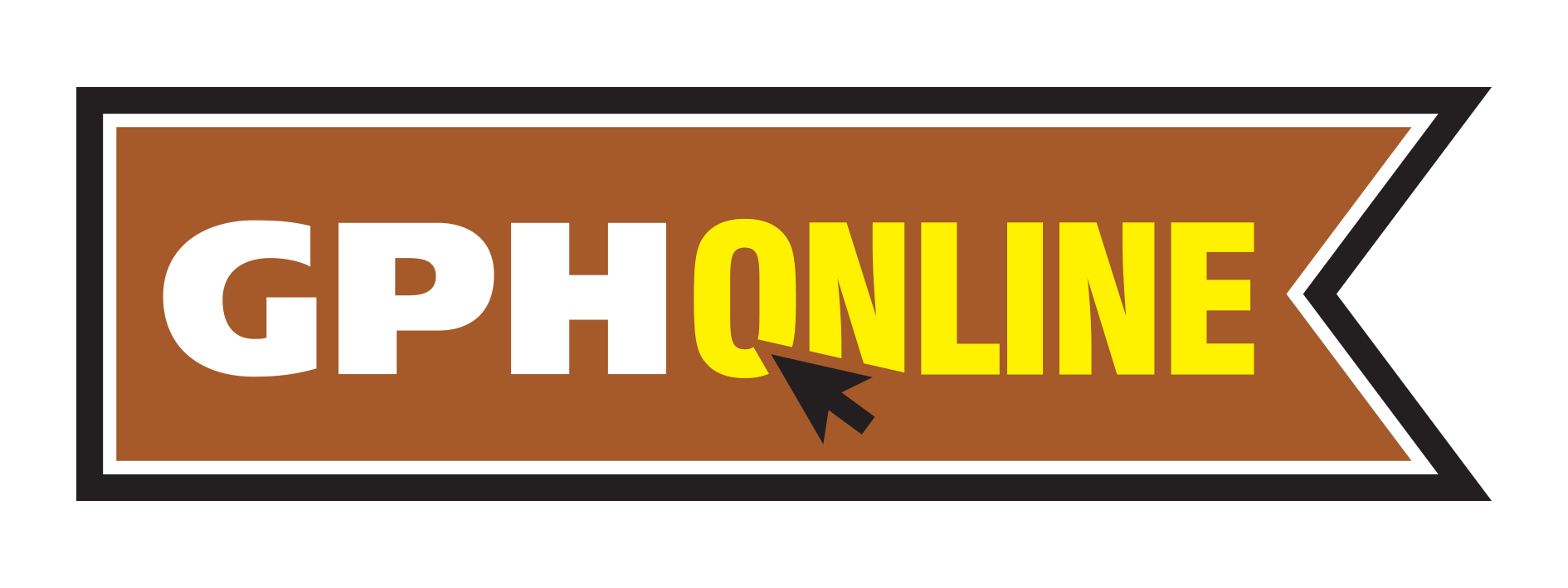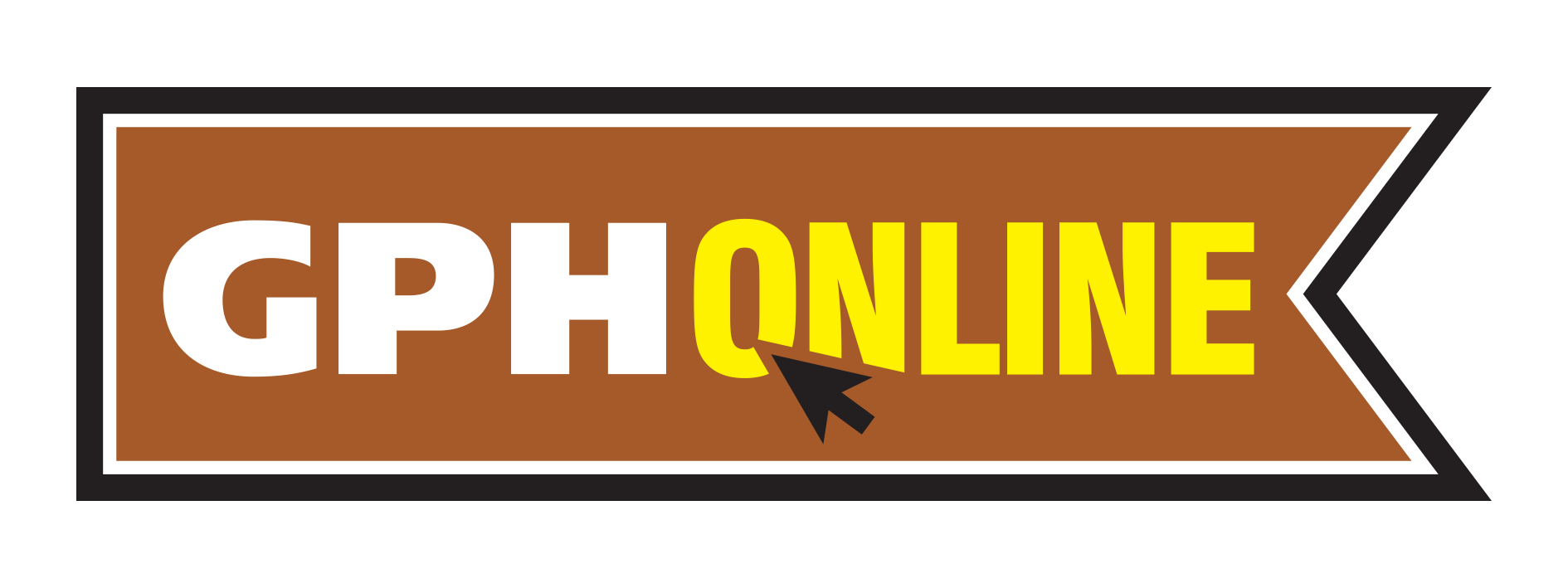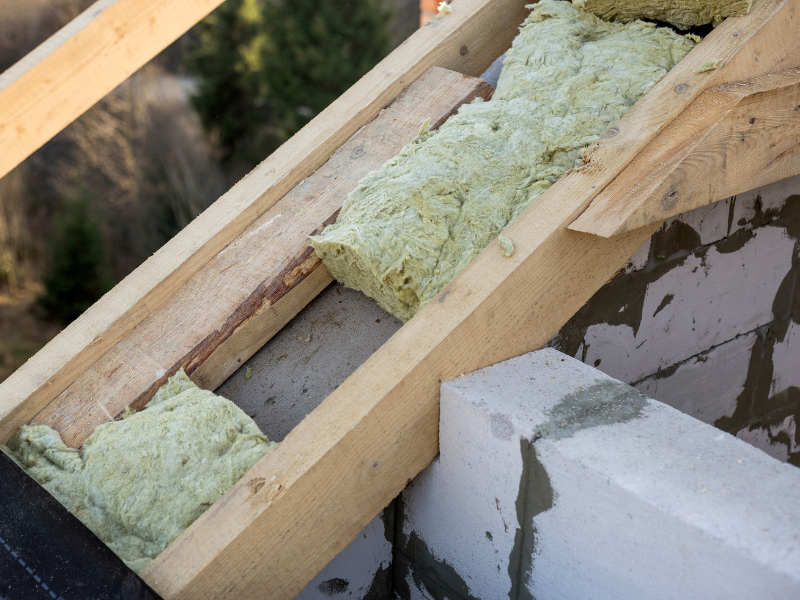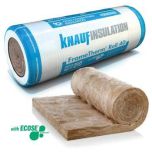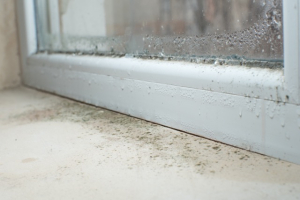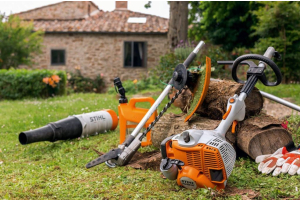How To Insulate A Loft And Keep Your Home Cosy
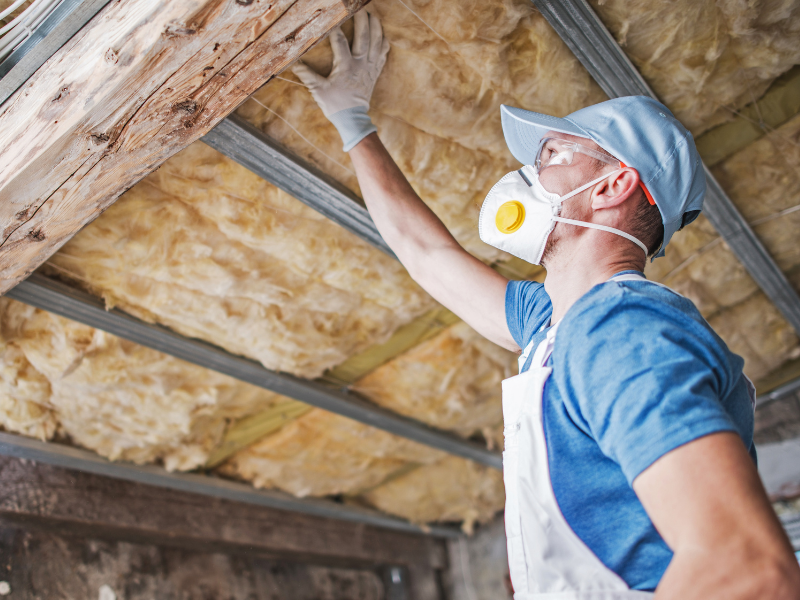
Keep Your Home Warm With Loft Insulation
The current cold snap is set to continue, and with energy bills on the rise, making the most of your heating has never been so important. While we are all looking for cost-effective ways to keep our homes and offices warm this winter, there is a good chance that your efforts are being thwarted. According to the energy saving trust, a quarter of heat is lost through the roof of an uninsulated home, costing you money each year.
As heat escapes through your roof and cold air creeps into your home, insulating your loft space is a fantastic way to reduce your energy usage. There are many things to consider when it comes to loft installation, and in this guide, we're walking you through the process step by step.
How Does Loft Insulation Reduce Heat Loss?
Whether you use central heating or a multi-fuel stove, the heat will gradually escape through your roof and cracks in the walls. As your radiator or fireplace produces heat, the energy rises and disperses throughout your home, including your loft. If your loft is not insulated, the heat will continue to rise through your roof.
A good way to check if your loft is properly insulated is by taking a look at your roof on a frosty morning. If there are any patches without frost, this is a sure sign that heat is escaping. Laying down insulation material creates a protective layer that keeps the trapped air inside your home and stops any cold air from coming in.
This means that your home stays warmer for longer and that you don't have to heat your home as much. In the long run, this can save you hundreds of pounds and reduce your energy use, paying for itself over its 40-year lifespan.
What Type Of Loft Insulation Should I Use?
There are three main types of insulation, and each of them comes with its own unique benefits:
Blanket Insulation - The most popular option, these loft insulation rolls come in rock, glass, mineral fibre or foil-backed felt. It is usually quite affordable and is an excellent all-around insulation that's very easy to fit - even for beginners. A great option for eco-friendly and energy-efficient blanket insulation is Knauf rolls.
Loose-Fill Insulation - This insulation is a lightweight and loose material that can be used to fill out existing insulation or on its own. Generally made of mineral wool, cork granules, cellulose fibres and recycled paper loosefill is fairly easy to work with, but can be quite messy and isn't the most secure option.
Sheet Insulation - These insulation boards are made from a range of materials, and are perfectly suited to roof insulation on the underside of your roof. These boards are very effective and are much neater than other options. However, they do tend to be one of the more expensive options.
How Much Loft Insulation Do I Need?
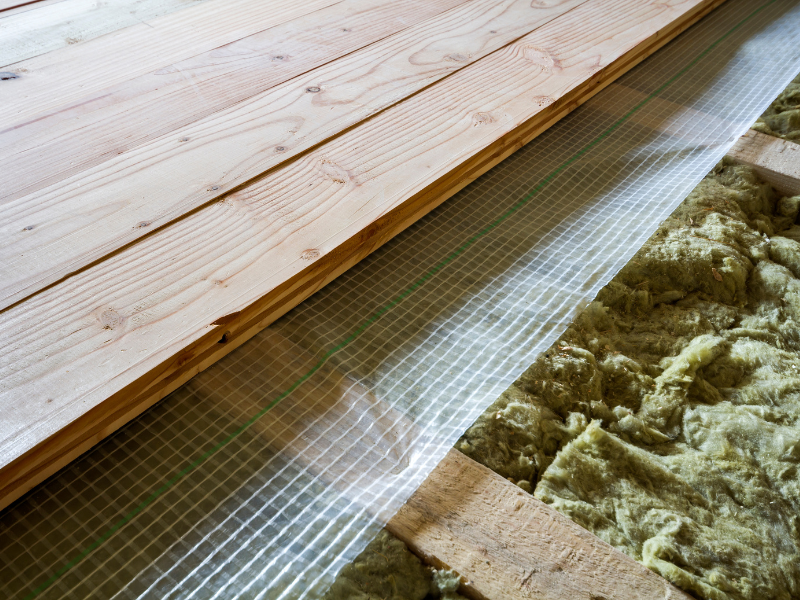
The aim most people have when they install a layer of insulation is to cut down their energy bills. So, it's important to prevent overspending and calculate how much insulation you need. According to building regulations, new build homes are required to have at least 270mm of insulation.
Firstly, it's worth measuring the depth of your current insulation and checking how much you already have. Then, you can see how many layers you need to fill out your insulation. Essentially, if you already have 100mm of insulation, you will need another 170mm - 200mm to expand.
After this, you should measure the dimensions of your loft in square metres. To do this, measure the length and width of your space and multiply them together. Rolls and sheets of insulation will include the amount of space it covers in square metres, and there's little room for confusion. A professional installer will usually let you know what they need, but even a novice can figure out the required amount, and the Knauf Insulation Calculator makes it even easier.
How Much Is Loft Insulation?
The price point of your loft installation can vary depending on the type of insulation you opt for. While rolls of blanket insulation are as little as £36, sheet insulation can be pricier. The price point also depends on the installation, as hiring a professional is far more expensive than doing it yourself.
How To Insulate A Loft - A Step By Step Guide
If you decide to install your loft insulation yourself, there are a few key steps to take before you get started. Before laying any insulation, ensure that your loft has proper ventilation and keep a ventilation gap after installation. It's important to avoid applying any insulation over electrical cables, so make sure to gently set them aside or clip them to roof joists.
You can also insulate your water pipes by cutting foam to size with a box cutter and securing it with duct tape. It's also important to switch off your electrics at the main and to cover your water tank with a large bin bag for extra safety.
Step 1 - For blanket insulation rolls, cutting them to size is simple and can be done with a household saw or serrated kitchen knife. Then, position wooden crawling boards around your loft to make sure you can move around safely.
Step 2 - Roll out your insulation and tuck it snugly between the floor joists without leaving any gaps and cut off any excess. If you run out of insulation, joining another roll is effortless - simply bunch each roll closely together.
Step 3 - To reach the depth you're aiming for, spread another layer of insulation over the top until you achieve 270mm or more. You can also cover the loft hatch, by measuring the dimension of the hatch and covering your layered insulation with a plastic bag and attaching it with a nail gun.
